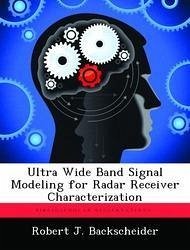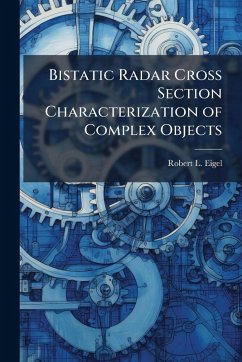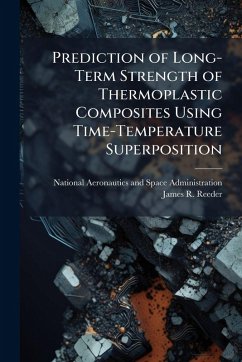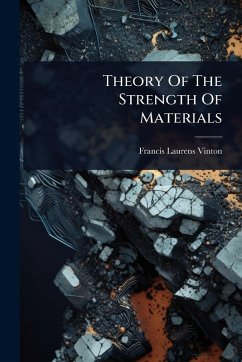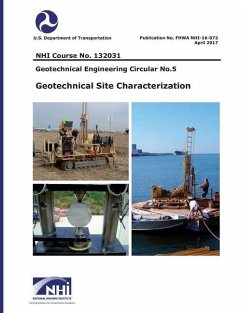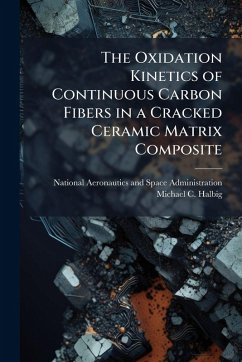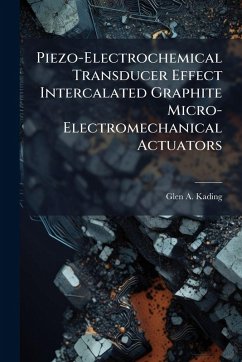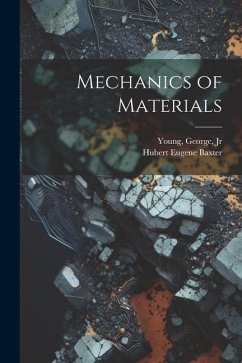
Characterization of Functionally Graded Materials
Versandkostenfrei!
Versandfertig in über 4 Wochen
17,99 €
inkl. MwSt.
Weitere Ausgaben:

PAYBACK Punkte
9 °P sammeln!
The purpose of this study was to characterize the behavior of a functionally graded material through experimentation and analytical modeling. Functionally graded materials are a ceramic metal composite which transitions from metal on one face to ceramic on the opposite face. Creating reliable models required verifying the material properties. This was accomplished through the use of a static modulus of elasticity test as well as a dynamic ping test. The natural frequencies from the dynamic test were compared with finite element models to determine which material properties most accurately repr...
The purpose of this study was to characterize the behavior of a functionally graded material through experimentation and analytical modeling. Functionally graded materials are a ceramic metal composite which transitions from metal on one face to ceramic on the opposite face. Creating reliable models required verifying the material properties. This was accomplished through the use of a static modulus of elasticity test as well as a dynamic ping test. The natural frequencies from the dynamic test were compared with finite element models to determine which material properties most accurately represented the functionally graded material. It was found that the material properties established experimentally by Hill and Lin produced the best models. A fracture surface was examined to determine the failure criteria for the prediction of failure in a cyclic loading scenario. It was determined that the material would fail in a brittle manner and the maximum principle stresses should be used to predict failure. This work has been selected by scholars as being culturally important, and is part of the knowledge base of civilization as we know it. This work was reproduced from the original artifact, and remains as true to the original work as possible. Therefore, you will see the original copyright references, library stamps (as most of these works have been housed in our most important libraries around the world), and other notations in the work. This work is in the public domain in the United States of America, and possibly other nations. Within the United States, you may freely copy and distribute this work, as no entity (individual or corporate) has a copyright on the body of the work. As a reproduction of a historical artifact, this work may contain missing or blurred pages, poor pictures, errant marks, etc. Scholars believe, and we concur, that this work is important enough to be preserved, reproduced, and made generally available to the public. We appreciate your support of the preservation process, and thank you for being an important part of keeping this knowledge alive and relevant.



